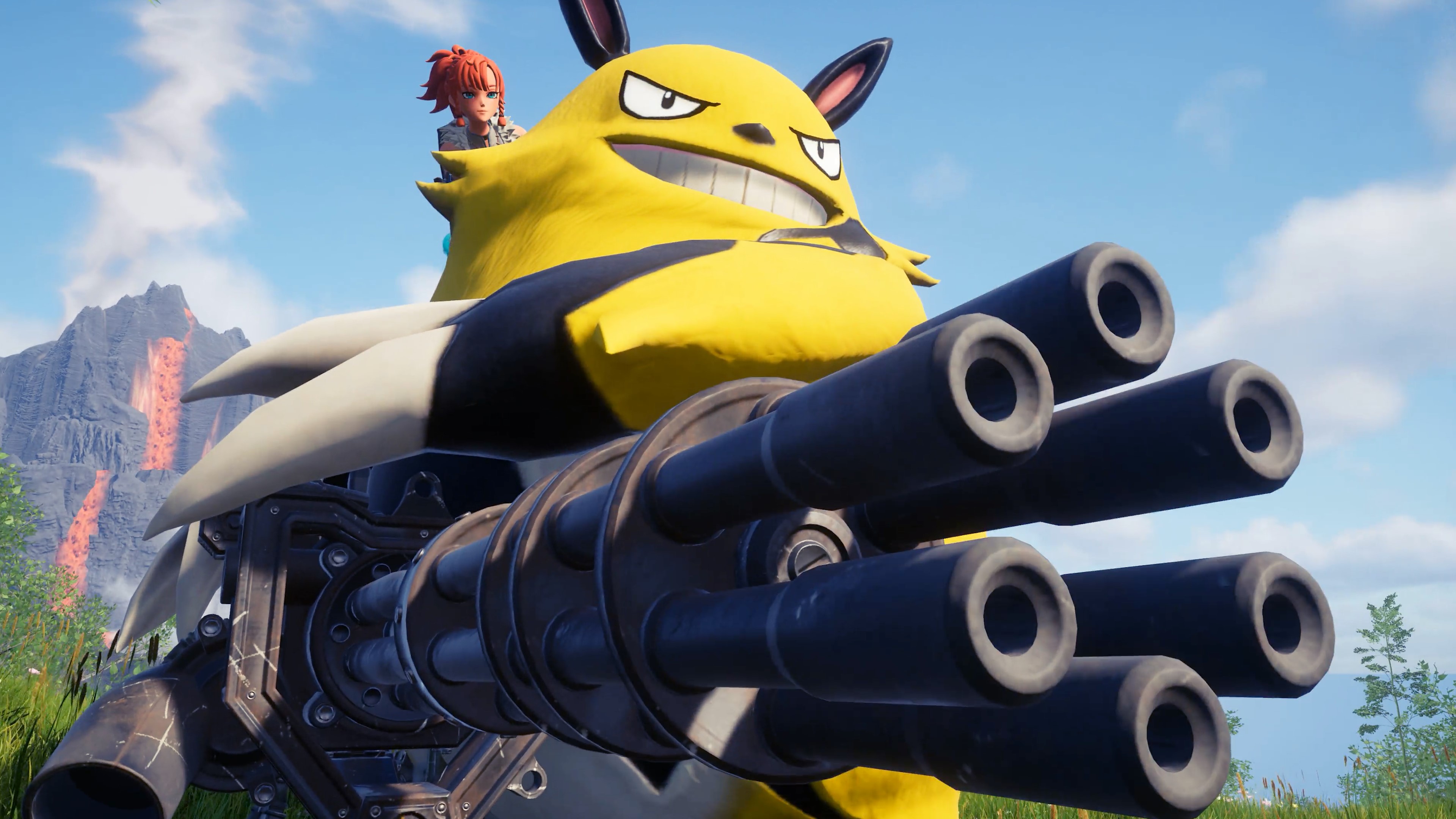
Today, Palworld developer Pocketpair published a report detailing the terms of the intellectual property lawsuit Nintendo filed against the studio in September. When Nintendo announced its lawsuit, it alleged that Palworld "infringes multiple patent rights" but didn't specify which patents were being claimed, leaving us to speculate about whether Nintendo was bringing its legal cannons to bear over third-person Poké Ball throwing.
Thanks to Pocketpair's report, we finally have confirmation about the patents forming the basis for Nintendo's infringement allegations. Nintendo's lawsuit claims that Palworld infringes on three Japanese patents: 7545191, 7493117, and 7528390, a trio granting Nintendo protections on creature catching and riding mechanics.
Pocketpair's report details the application and registration dates of the patents in question—all three of which were filed by and granted to Nintendo in the months following Palworld's release in January 2024. However, each filing asserted in the lawsuit is a continuation of a series of patents Nintendo had originally filed in 2021 during the development of Pokémon Legends: Arceus.
As IP attorney Kirk Sigmon explained in an interview with PC Gamer in September, patent continuations—called "divisional patents" in Japanese legal practice—allow a patent holder to specify additional claims as an extension of the original patent. "As you go through this process and file divisionals, continuations, whatever, you are drafting claims that are more and more tailored towards assertion," Sigmon said. "You know more about what you can get and what you can't, and what you can also do is—if you know who you're going to go sue—you can draft claims to target them."
Nintendo had also filed divisional patents after Pocketpair had started releasing Palworld gameplay footage, suggesting that Nintendo might have begun sculpting additional patent filings well in advance of its eventual lawsuit.
"If they were aware of Palworld, or if they were concerned about it, it would not surprise me if they went back and told their patent attorneys, 'We want claims that we think are prepared to handle them,'" Sigmon told PC Gamer in September.
Pocketpair also reports that Nintendo is seeking an injunction against Palworld, which would halt sales of the game until infringing mechanics are removed. Considering that the patents Nintendo is asserting seem to cover some of Palworld's basic mechanics, removing and replacing them seems like it would take a lot of work. Additionally, Nintendo is seeking a combined 5 million yen (about $33,000) plus late payment damages each for both itself and The Pokémon Company.
Considering the tens of millions of copies that Palworld sold, that combined $66,000 might not seem like a hefty fee for Pocketpair, but as Sigmon told PC Gamer, those damages only represent a fraction of what a patent lawsuit can cost the parties involved.
"You're burning millions of dollars just trying to make this go away," Sigmon said. "You've got to go find specialists. You've got to go hire up a team to do it. You've got to find people who are very good at doing it, or else you're going to lose almost automatically. It gets extremely expensive and time consuming, and it can wear a lot of small companies out."
While the infamy of Nintendo's legal reputation is well-earned, pursuing its patent lawsuit against Pocketpair isn't without risk. The lawsuit offers Pocketpair an opportunity to argue, as many of us have, that concepts covered in Nintendo's patents are so broad that a company can't reasonably claim them.
If Pocketpair can demonstrate prior art—or other works that already contained what's claimed in the asserted patents—then Nintendo's patents could be invalidated. "If you're too broad, then you've given them a pathway to make the patent go away," Sigmon said, "because you've given them an opportunity to prove that it was already in existence."







